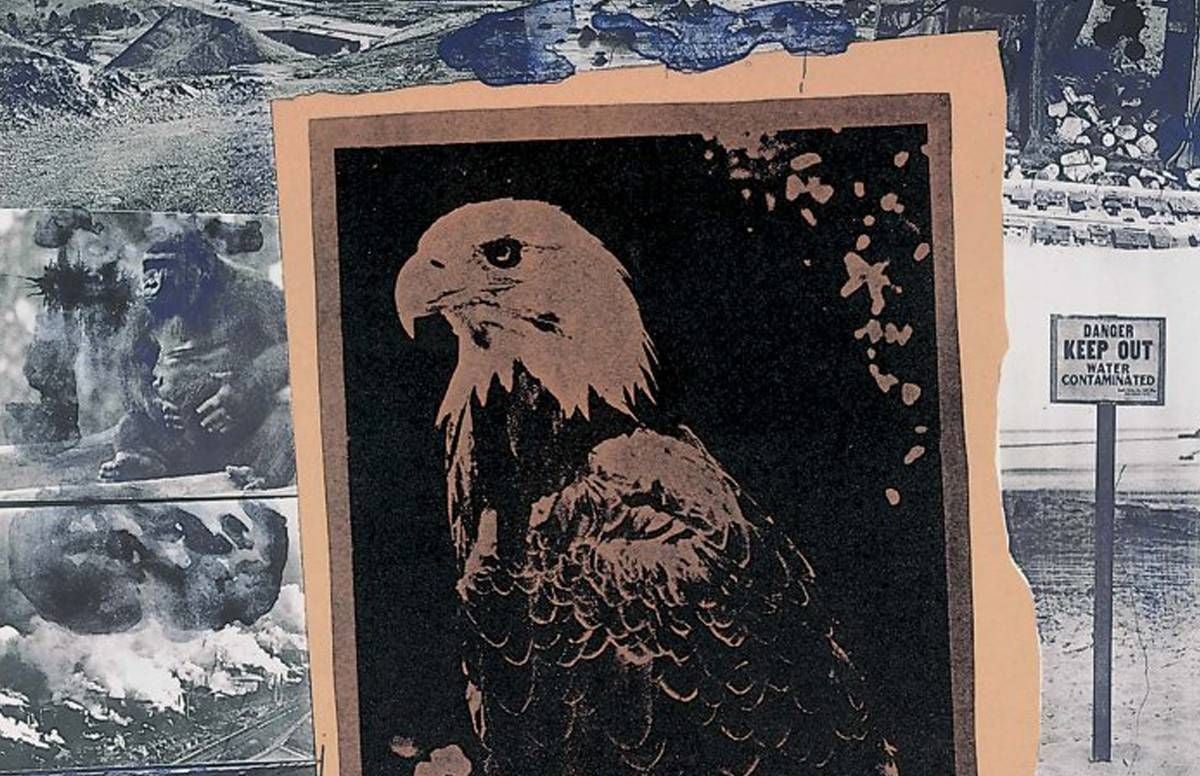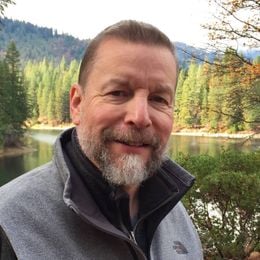Looking Back at the First Earth Day 50 Years Ago — and Ahead
Views from readers and environmental experts on this unusual Earth Day, 2020
At 59, Heidi Carle is just about old enough to remember the first Earth Day with clarity. "I remember how exciting it was," says the Rensselaerville, N.Y. librarian, with lingering enthusiasm.

It was April 22, 1970, and Carle was among the third graders who joined hands with the rest of the kids and teachers on the small patch of green in front of P.S. 147 in Queens, N.Y.
"We all stood around and watched as we planted a tree," she recalls.
Even at that age, Carle could see the environmental degradation around her neighborhood. "We could visualize the litter and pollution and just how bad it had become, and then all of a sudden we had this day when we could celebrate the Earth," she says.
More than a tree was planted on that day. People around the world seeded a movement.
Next Avenue Readers Recall Earth Day 1970
Some 20 million turned out for U.S. Earth Day events on that spring day 50 years ago, and many Next Avenue readers were among them as kids, judging from comments posted on the Next Avenue Facebook page:
- Andrea Rapp somehow remembers what a “huge deal” it was in Northern California, even though she was only in pre-school. “We did all sorts of art projects to celebrate and collected aluminum cans for recycling,” Rapp wrote.
- Deborah Devney, of San Antonio, shared this memory of that day, when she lived in Cleveland: “I got stuff thrown at me for singing ‘Happy Earth Day To You.’”
- Joe Mullen recalls (and will likely never forget) the free John Lennon concert in New York’s Central Park.
- Marilyn Foss remembers the rally at Federal Plaza in Chicago, and handing out flyers on the campus of Northwestern University. “Such hope,” she wrote.
- Anita Costello, of Buffalo, N.Y., still has the original poster.
- Tom Degan, a writer in Goshen, N.Y., reminisces about “all of the church bells in the village ringing at twilight. That was magic.”
- Dori Pandori’s high school history teacher took her class to the 5th Avenue rally in New York City, where they saw folk singer John Sebastian perform and where the kids signed petitions to “ban the bomb” and save the whales. “I felt like a part of something much bigger than my small world in Brooklyn,” Pandori wrote.
Memories of Earth Day Number One are especially vivid for Denis Hayes. He was one of the organizers of the original Earth Day rallies. Hayes wrote in Sierra magazine in February that he was looking forward to seeing "a billion people in the streets" on this 50th anniversary.
Earth Day 2020
Of course, that's not going to happen.
Earth Day is usually energized by mass gatherings around the world, and virtually all such events have been hijacked by the global pandemic.
This year, the Earth Day Network, the legacy organization of the original founders, "goes digital." Like so many others, it will be scrambling for ways to replace in-person activities with online versions.
Earth Day's alignment with the 2020 global lockdown has been both good and bad news for the environment.
People in large metro areas who are used to living under the usual pall of smog have seen skies clear and pollution levels drop, as traffic has disappeared. Carbon emissions that drive global warming have also abated.
In the San Francisco Bay Area, CO2 emissions are estimated to be down by at least a quarter, according to researchers with the Bay Area Air Quality Management District.
And across the country, the International Energy Agency says, energy-related carbon emissions could end the year down by more than 7%.
Concerns About the Environment of the Future
But in the long run, these temporary gains will prove to be a blip on the timeline of climate change — an existential threat that wasn't yet on the radar during the first Earth Day.
At the same time, critics say that bedrock protections inspired by the first Earth Day — like the Clean Air and Clean Water Acts and Endangered Species Act — are under siege from the Trump administration.
"On the political front, I think we are going, unfortunately, backwards." says Jared Blumenfeld, a former Environmental Protection Agency regional chief under President Obama who now heads California's state environmental watchdog agency, CalEPA. "It's been divisive; it's been used as a wedge issue."
Blumenfeld cites a New York Times estimate that more than 90 environmental regulations have so far been weakened or nullified under the Trump administration. But looking back over 50 years of Earth Day, Blumenfeld says, the gains can't be ignored.
"I think there's still a long way to go and we can't rest on our laurels. At the same time, we need to recognize that a huge amount has been accomplished," notes Blumenfeld.
Events like Cleveland's Cuyahoga River fire in 1969 — yes, the river actually caught fire — are largely things of the past.
But the tragic chain of events in Flint, Mich. are reminders that old problems like lead in drinking water have not been vanquished. Some, in fact, stand to be worsened by the pandemic as state and local governments emerge cash-strapped.
Talking About Climate Change
And as climate change worsens, Bucknell University professor Michael A. Smyer, founder of Graying Green: Climate Action for an Aging World, suggests using Earth Day as a time to talk with each other about it. He notes that nearly two-third of Americans rarely, or never, talk with family or friends about climate change, according to the Yale Program on Climate Change.
Even though most Americans are housebound on this Earth Day, Blumenfeld sees in the pandemic a useful connection between tragedy and hope.
"Earth Day continues to galvanize people and to build on that belief that we're all in this together," he says. "This is really about life being cut short by a virus; that's what COVID-19 is. And it really makes us celebrate how incredible it is to be alive and to be on a planet that is alive, and that's really what Earth Day celebrates."
Katherine Hayhoe, who directs the Climate Science Center at Texas Tech University, sees a potentially valuable object lesson in the current pandemic — one that could well be applied to the climate threat.
"The encouraging thing that I think we're seeing is that when we recognize that there is a challenge that threatens every single one of us, no matter where we live or what language we speak or where we fall on the political spectrum, the vast majority of us are willing to take action," says Hayhoe.
A hopeful sign for Heidi Carle: In 1970, when she was a child, she had never seen an eastern bluebird. The New York "State Bird" had been all but extirpated by invasive species, loss of habitat and widespread spraying of the pesticide, DDT. But this spring, a plump eastern blue bird started making regular visits to her back deck, as if to say, "Yes, there's still hope."

Read More

